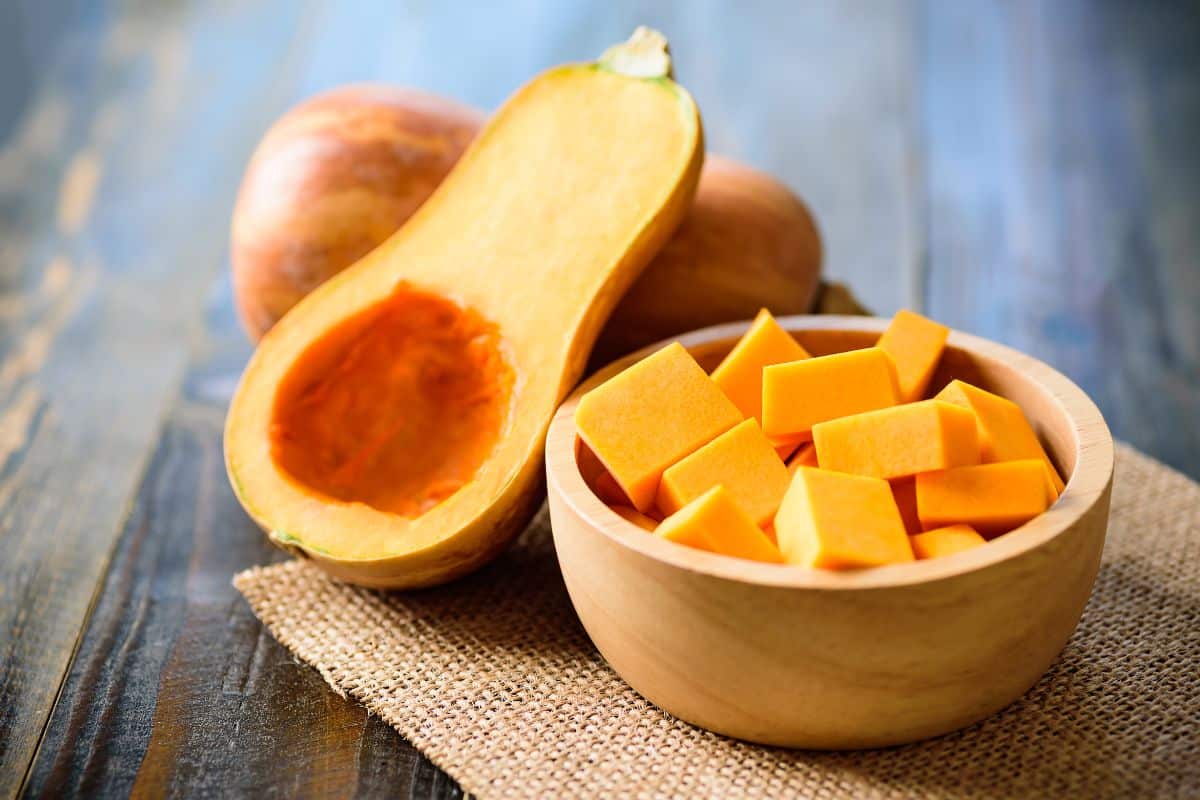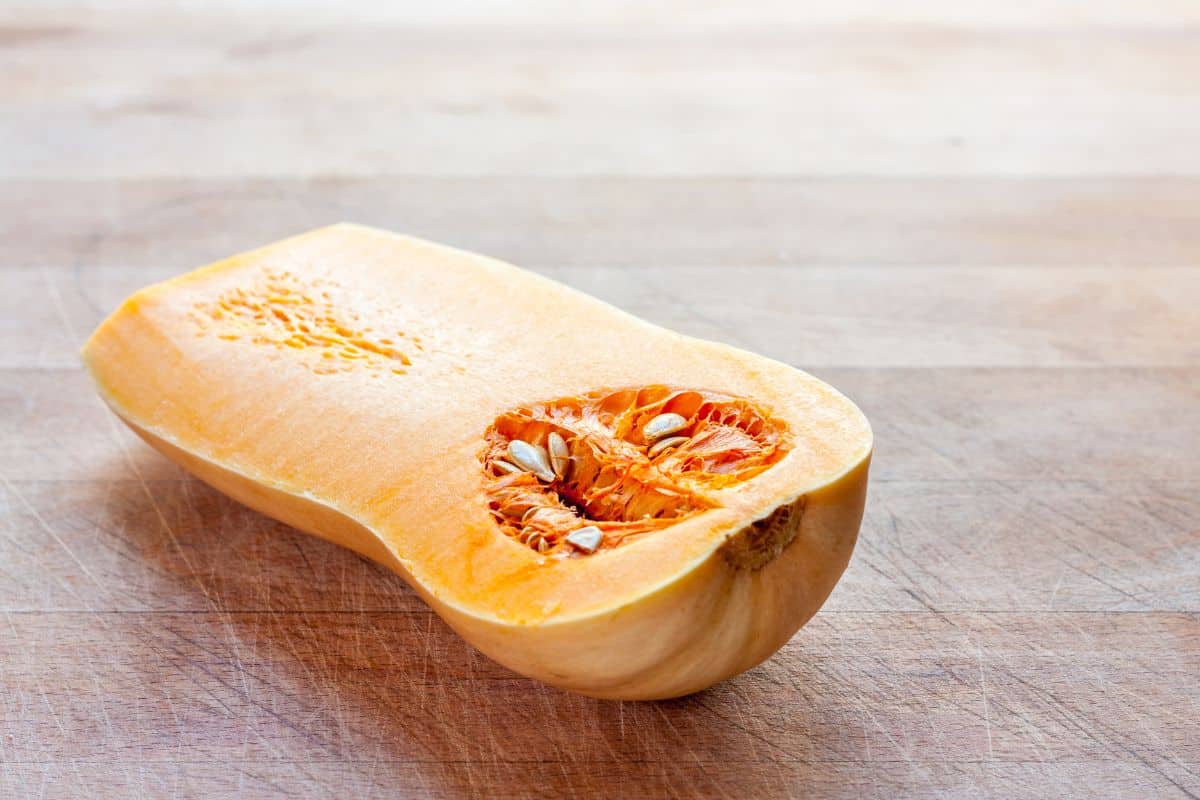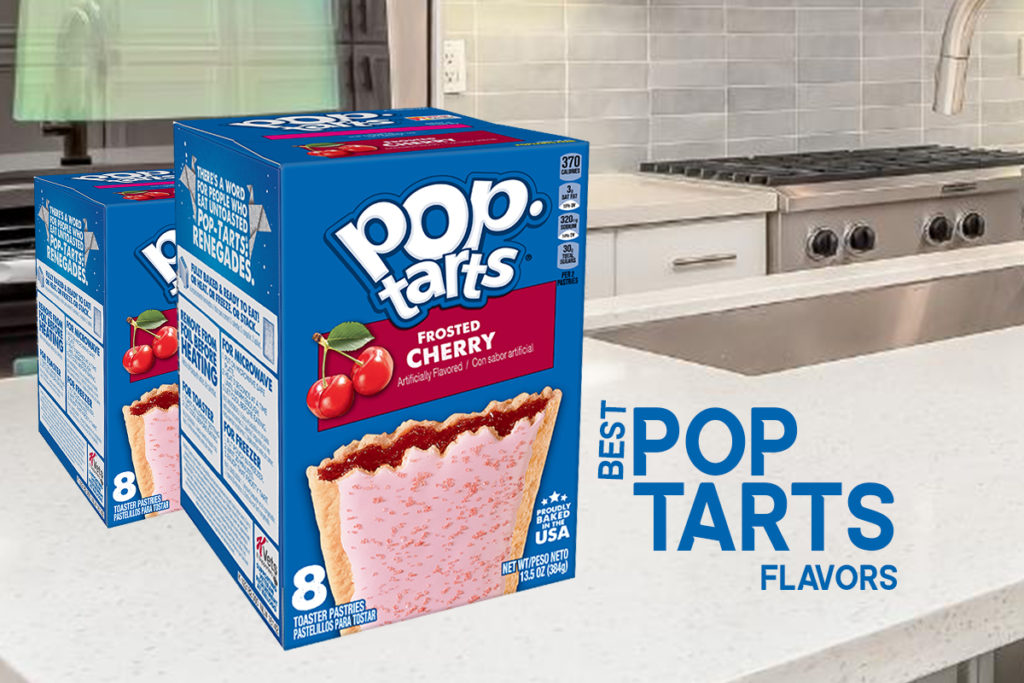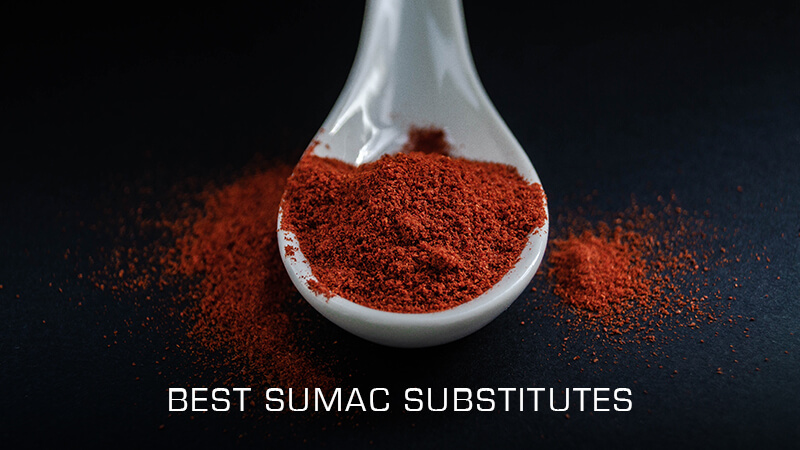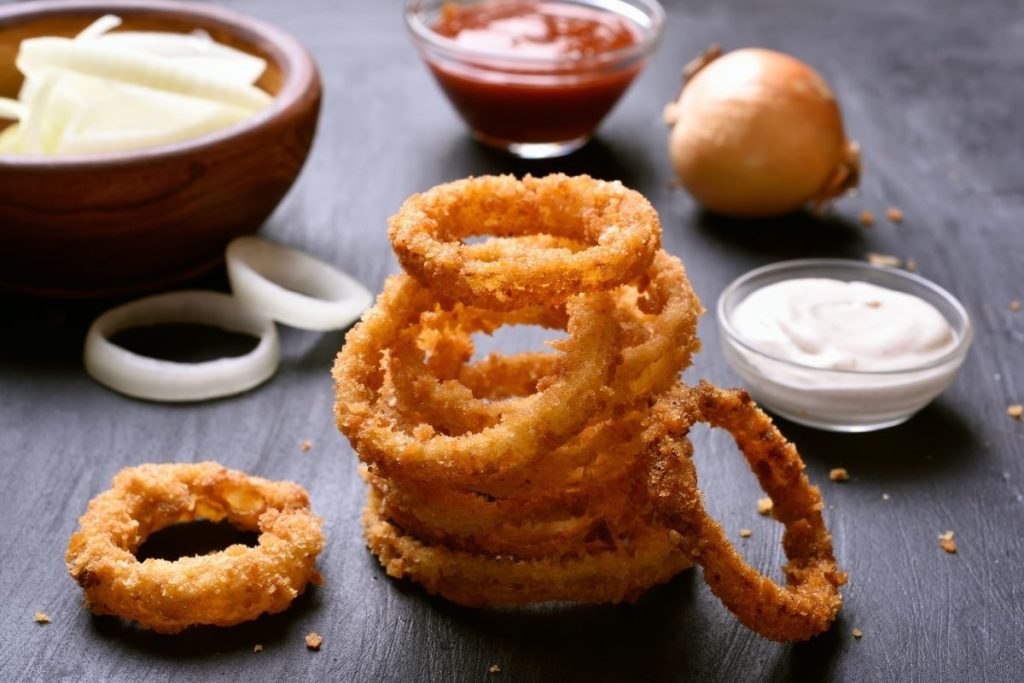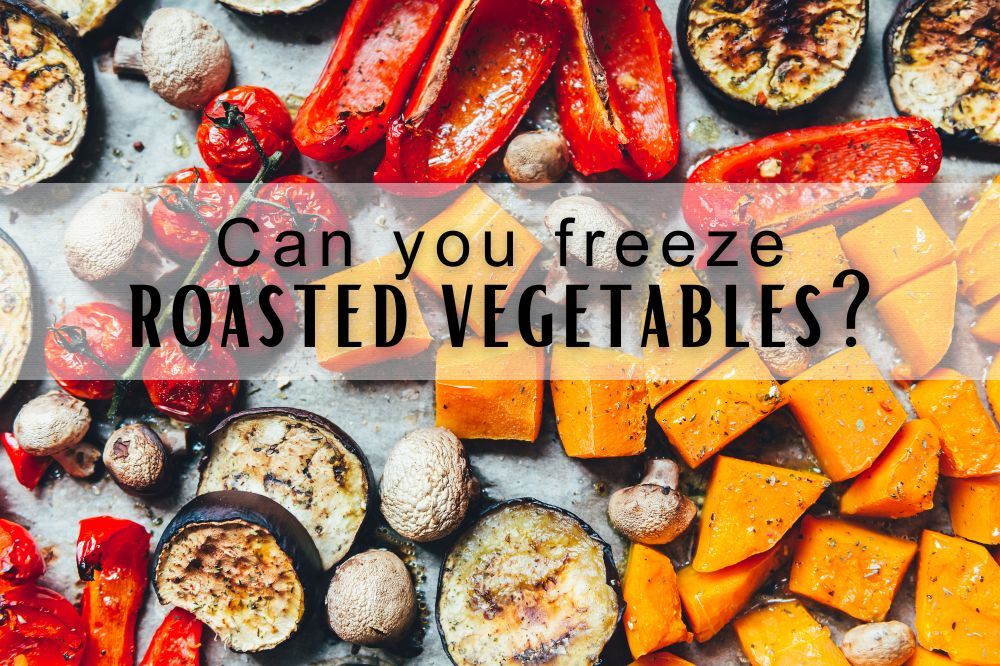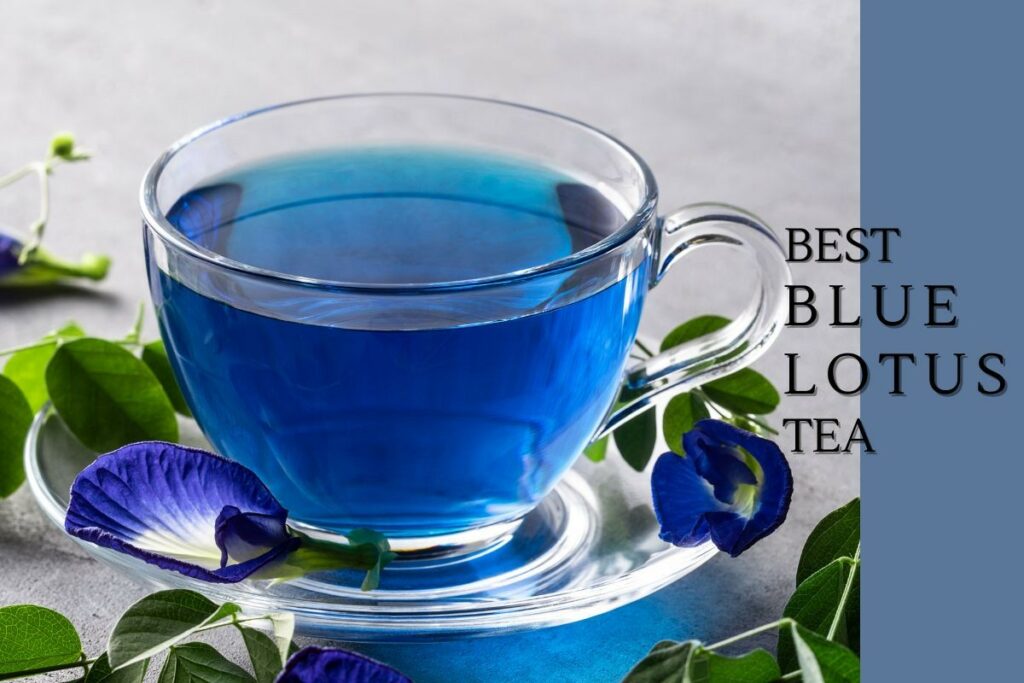How to Tell If Butternut Squash is Bad? (Updated 2025)
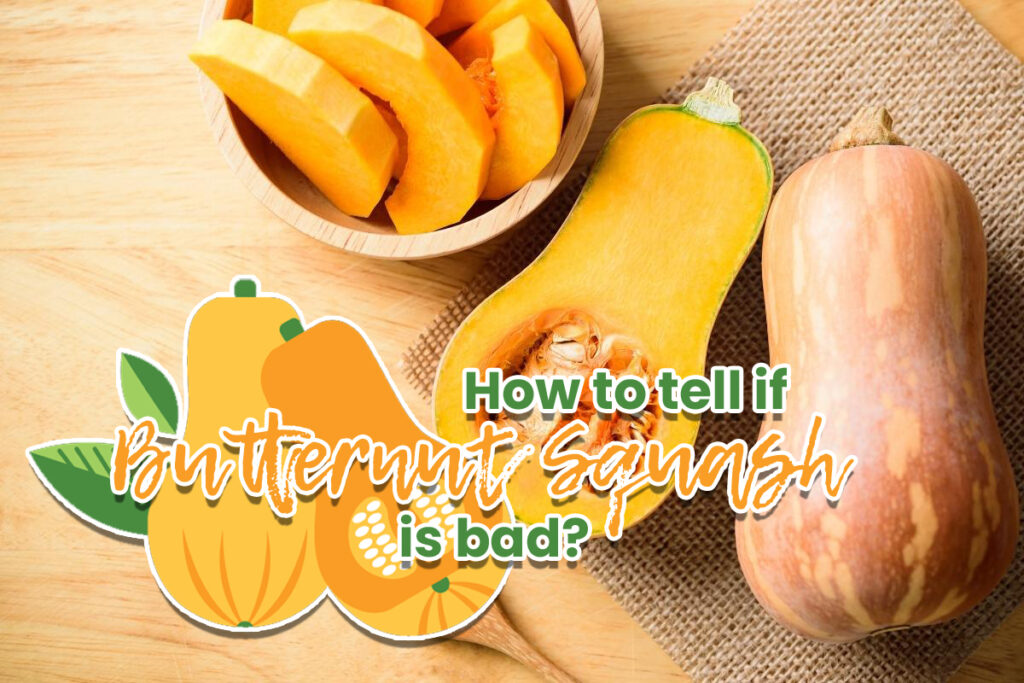
Planning to go to buy vegetables, including butternut squash but don’t know how to tell whether it’s fresh or not? Fret not!
In this article, we’ll help you how to tell if butternut squash is bad in a few simple steps. Read on for more details.
What Is Butternut Squash
The butternut squash is a vine-grown winter squash also known as the butternut pumpkin or gramma in New Zealand and Australia.
It shares the pumpkin’s sugary, nutty flavor. There are seeds in a compartment at the blossom end of the fruit, which contrasts with the tan-yellow skin and orange pulp.
As it ripens, it becomes a deeper orange color and has more flavor and richness. Nutritionally, it contributes vitamin A, vitamin C, magnesium, and potassium. The common weight for mature butternut squash is between three and five pounds.
The Hubbard squash, a relative of the Canadian crookneck, was used in the breeding process. A butternut squash has a long neck and a small, bulbous end, much like a bottle. The flesh is vivid orange in color and has a buttery, nutty, sweet flavor; the skin is a drab tan hue.
The pulp and seeds are located at the bottom of the fruit, making the long “neck” completely fleshy. While the skin is edible, most people would rather not risk it. Most of the time, it is peeled before or after being roasted or steamed.
How to Tell If Butternut Squash is Bad
Terrible butternut squash has mushy patches that breach the outer layer and a bad odor. Butternut squash spoilage causes ulcer-like lesions.
Mold signifies rotting on the squash’s skin, rind, stem, or even inside. That said, you won’t know whether the squash is bad until you slice it.
The sticky, unpleasant juice that forms after cutting raw butternut squash is a dead giveaway that it’s spoiled.
Mold on skin or flesh isn’t nice. Even when refrigerated, prepackaged butternut cubes lose freshness after three to four days.
Moreover, butternut squash left out too long can dry, shrink, and mold. Badly cooked squash contains wet, sticky flesh and foul-smelling fluids.
Factors to Look Into to Tell if a Butternut Squash Is Bad
-
Appearance
First impressions count, so look at the butternut squash you plan to buy. A terrible squash smell or taste can usually be told just by looking at it. Fresh squash should have skin that is firm, dull, and a uniform beige color.
If your vegetables have soft spots on their skin, they are about to spoil. One such sign of rotting is the appearance of liquid on damaged butternut squash.
You can prevent this from happening by slicing it in half and inspecting the meat inside. The flesh around the seeds can be taken out and discarded if it is mushy, has black blotches, and seems stringy.
But mind you, you shouldn’t throw away an entire squash because of a single bad location, but you should definitely get rid of anything with mushy, slimy flesh.
-
Texture
The touch test is another option for determining whether or not your butternut squash is rotten.
Ideally, a butternut squash would have a sturdy construction, no visible cuts or bruises, and smooth, velvety skin. However, squash of lower quality tends to have a hollow, airy texture. The squash’s “flesh” has turned bad if the stem is soft, slips easily, or has mold.
How Long Does Butternut Squash Last
The recommended storage temperature for whole butternut squash is between 50 and 55 degrees Fahrenheit, which it will keep for approximately two to three months.
Butternuts may hold for up to two months in the pantry, depending on the temperature and humidity.
The squash’s shelf life is affected by many factors, including when it was picked and how long it was stored. It’s also impossible to tell what’s in the store’s produce section.
Finally, remember that butternut squash is a seasonal item, at least if you shop locally. The months of October through February are prime time in the United States.
Therefore, butternuts sold in April or May are likely to be imported. They may not be as long-lasting as the local fare and may have a distinct flavor.
Takeaway
Butternut squash is a nutritious food that you can use in a variety of dishes. Hopefully, the information provided above has helped you understand how to tell if butternut squash is in bad or good condition.
you may also like
well hello there!

Hi, I'm Linda thanks for stopping by! We're so happy you're here. If you're a foodie and love to cook from home - you're in the right place..
LEARN MORE
free newsletter
Join the mailing list and receive our free newsletter!
recent posts
let's be social
search site
Recipe Marker
Recipe Marker provides you with the best information about home cooking tips, recipes, ingredient substitutes and more. Check out our blog to see the latest articles.
Copyright © 2024 Recipemarker.com | All Rights Reserved | Privacy | Disclaimer | Contact
